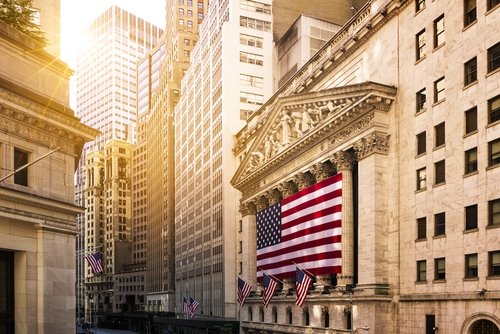- Summary:
- As the world continues to grapple with the novel coronavirus, how did financial markets react to previous diseases that threatened the world?
As the world continues to grapple with the novel coronavirus, let us take a look at how financial markets reacted to previous cases of disease that threatened international public health. In this article, we will talk about the Swine Flu of 2009 and its effect on two contrasting markets: the higher-yielding S&P 500 and the Japanese yen which is considered as a safe haven asset.
What is the African Swine Flu?
The African swine flu was thought to have begun in pig farms in Mexico and the US. It had the symptoms of a normal flu: cough, sore throat, runny or stuffy nose, headache, body ache, and in some cases, chills and fever. In the worst cases, it led to death.
Otherwise known as the H1N1 virus, the swine flu was known to affect only pigs. However, it was later discovered that humans may also exhibit the same influenza symptoms. It becomes contagious when an infected person coughs or sneezes and the virus spreads to surfaces that other people later on come in contact with. It was later renamed as Influenza A(H1N1) to correct the public’s general misunderstanding that it was caused by eating pork.
The panic surrounding the A(H1N1) virus hit its peak in April 24, 2009. This was brought about by WHO issuing a Disease Outbreak notice as cases of influenza piled up. In the same month, WHO’s Emergency Committee convened for the first time since its inception. The staggering number of A(H1N1) cases forced the organization to declare it as a pandemic when it found that containment was not possible.
The Pandemic Caused Panic
During this time, the S&P 500 (yellow line in the graph below) took a hit. Initially, the misconception that A(H1N1) stemmed from pigs weighed down agricultural stocks. However, it did not take long for risk aversion to drag down equities when word got out that it was contagious. During this time, USDJPY (represented by the blue line) also traded lower as demand for the safe haven increased.
Read our Best Trading Ideas for 2020.
Since then, it’s difficult to pinpoint price action on the two markets that can be attributed specifically to the A(H1N1) virus. Primarily because, like what we have learned with SARS in 2003, markets are quick to forget about outbreaks. Investors soon seek returns on their investments.
How does the coronavirus of 2020 compare to the swine flue of 2009?
There are striking differences between the swine flu of 2009 and this year’s coronavirus. For one, stock markets had just bottomed at the wake of the financial crisis of 2008–the biggest one since the Great Depression. The pandemic gave investors a second chance to buy low. With the recent performance of stock market indices hitting one historic high after another, it is more common for us to hear equities indices being described as overbought. Consequently, the panic caused by a contagious, life-threatening virus has a more drastic effect on stock markets simply because they have room to drop.
Secondly, the effect of the swine flu were limited to certain regions while the coronavirus has drastically affected lives across the globe. Countries have had to impose lockdowns and so many businesses are struggling to survive as social distancing measures become mandatory.
At the beginning of the year, it was difficult to imagine that the coronavirus would re-shape the way people lived their lives. Markets also took it lightly. But nowadays, updates about the pandemic could easily cause volatility across financial markets. In terms of similarities, perhaps the swine flu of 2009 and this year’s coronavirus can both be classified as diseases. However, the impact of the latter has been so much more overwhelming that it’s difficult to see further similarities between the two.


